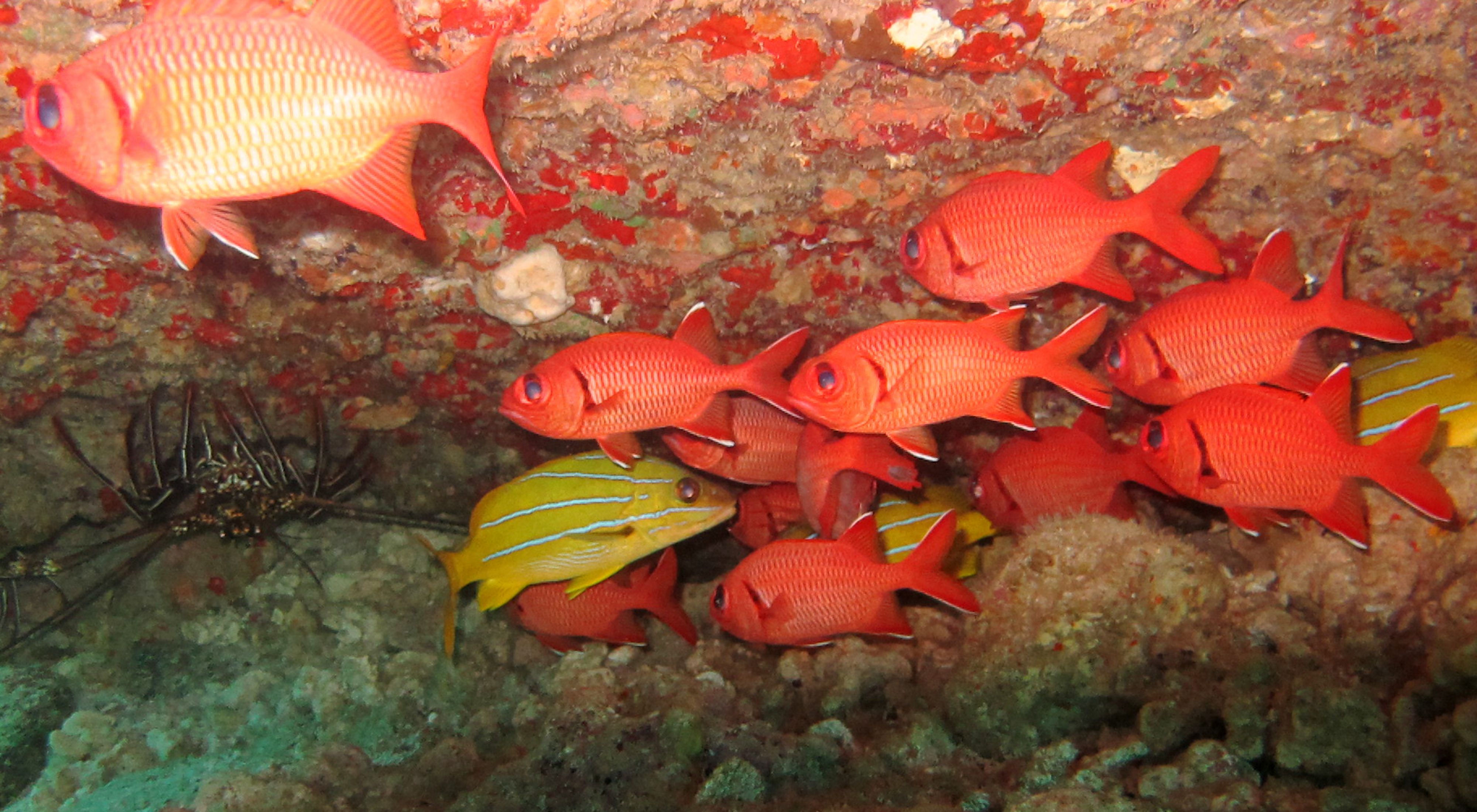A January 2023 poll shows serious concern about the health of nearshore fisheries as well as high levels of support among Hawai‘i voters for improved fisheries and habitat management around the state:
- 90% support restoring the health of nearshore areas, coral reefs and fisheries
- 88% support limiting fishing in specific areas to allow fish populations to recover
- 82% support giving local communities a clear role in helping to manage marine areas
- 81% agree that more effective fishing rules are needed in some places
- 78% support the State protecting 30% of nearshore waters around each Hawaiian island
“We are encouraged by such great support for community care of the fisheries and ecosystems that sustain us,” says Kevin Chang, executive director of Kuaʻāina Ulu ʻAuamo, a local network and movement-building nonprofit organization. “The observation of nearshore fishery decline and the impacts of human activity were observed early on by rural and Native Hawaiian subsistence fishers, who made their voices heard in policy circles in the '90s. This new polling reaffirms place-based community mālama ʻāina efforts call for shared power and co-stewardship in the governance, management and restoration of their places. To do so, greater resources than our state currently provides are needed, including a state Department of Land and Natural Resources that is resourced to be the partner communities need.”
The Nature Conservancy works with more than 50 community groups, leaders and other partners directly and through learning networks around Hawai‘i to build capacity for community-led co-management of marine resources. The results speak for themselves. For example, four years into the 10-year rest area at the Kaʻūpūlehu Marine Reserve on Hawai‘i Island, the biomass (combined weight) of prime spawners—larger, mature fish that produce the most offspring—increased by 612% inside the reserve and 172% outside the reserve. The Kaʻūpūlehu community is working to develop a fisheries management plan to maintain healthy, sustainable fisheries once the reserve is re-opened to fishing in 2026.
Quote: Dr. Ku‘ulei Rodgers
At this pivotal turning point in the history of coral reefs we must all learn to live sustainably and support strategic management to secure our future and protect our resources.
“I am grateful to hear, although not surprised, that those polled were concerned about their nearshore fisheries. This echoes the voices within the makai communities that have taken a stance as stakeholders to mālama their resources,” says Maile Shannon, Wailuku Community Managed Marine Area and board member, Maui Nui Makai Network. “Hawaiʻi as a whole needs to move toward the goal of 30% by 2030 and collectively strive to mirror the international goals. If the state continues to collaborate with our communities, the combined effort will be beneficial for all of Hawaiʻi Nei,” she says.
Voters’ concerns about coral reefs and fisheries parallel years of declining fishery populations and coral loss. Populations of Hawaiʻi’s most important fish species have declined by 90% since the early 1900s. A 2012 report revealed that over the last several decades, some places in Hawai‘i have lost up to 60% of their coral cover, which is essential for creating habitat for healthy fish populations. Adding further stress to these resources, the 2015 mass coral bleaching event caused a loss of 30% of coral cover statewide.

Populations of āholehole, Hawaiian flagtail and other prized reef fish are increasing at the Ka'ūpūlehu Marine Reserve on Hawai'i Island as a result of community-led conservation based on traditional practices.
“Our coral reefs and associated fisheries will continue to decline without effective management strategies to address impacts and provide solutions. It’s encouraging to see polling results that indicate overwhelming support for fisheries management across the state and across a diverse demographic,” says Dr. Ku‘ulei Rodgers, Coral Reef Ecology Lab, Hawai‘i Institute of Marine Biology, University of Hawai‘i. “We need to address declining conditions caused by both global and local impacts. By reducing our carbon contributions, land-based pollution and fishing pressure, we can restore health and abundance to fisheries and coral reefs. At this pivotal turning point in the history of coral reefs we must all learn to live sustainably and support strategic management to secure our future and protect our resources.”
“People who love Hawai‘i understand the inseparable and reciprocal link between our own and nature’s well-being,” says Ulalia Woodside Lee, executive director for The Nature Conservancy, Hawai‘i and Palmyra. “Hawai‘i voters across the state in every demographic have stated their preference repeatedly in polls over the last several years: they want government and communities to take action now to protect our oceans, forests and watersheds.”
Polling methods: From January 8-19, 2023, FM3 completed 864 online and telephone (landline and mobile) randomized interviews with Hawai‘i voters across the state. The margin of sampling error for the study is +/-3.5% at the 95% confidence level. Due to rounding, not all totals will sum to 100%. FM3 was commissioned by The Nature Conservancy, Hawaiʻi Trust for Public Land and Resources Legacy Fund to conduct the survey.
The Nature Conservancy is a global conservation organization dedicated to conserving the lands and waters on which all life depends. Guided by science, we create innovative, on-the-ground solutions to our world’s toughest challenges so that nature and people can thrive together. We are tackling climate change, conserving lands, waters and oceans at an unprecedented scale, providing food and water sustainably and helping make cities more sustainable. The Nature Conservancy is working to make a lasting difference around the world in 81 countries and territories (40 by direct conservation impact and 41 through partners) through a collaborative approach that engages local communities, governments, the private sector, and other partners. To learn more, visit nature.org or follow @nature_press on X.
